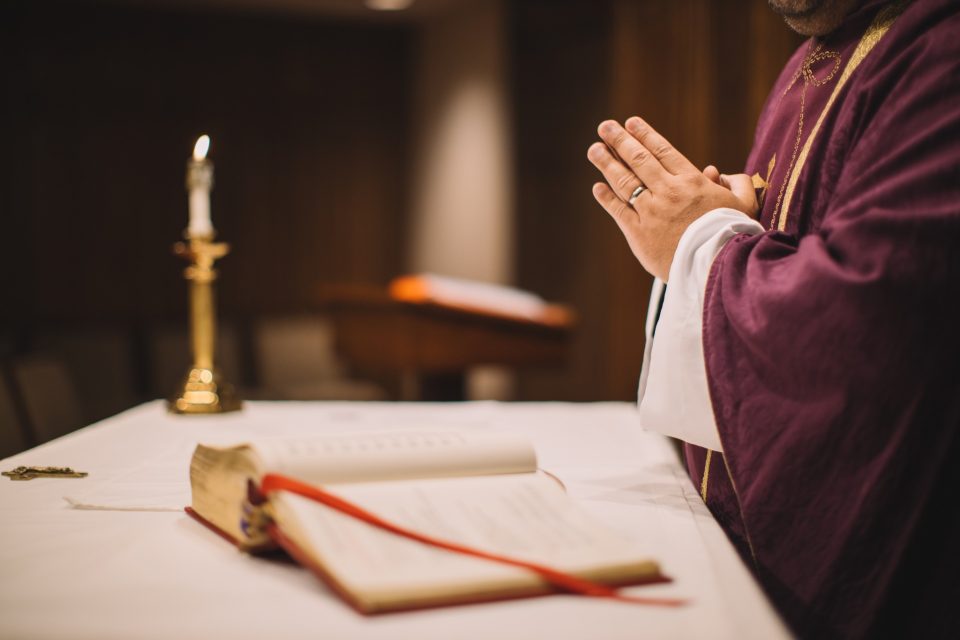
Berta Herring Pugh
July 8, 2011Tuesday, July 12
July 12, 2011Near the end of the Great Depression, in 1939, James Womack made the decision to join the Navy in an effort to find steady work so he could lessen the burden on his parents and five siblings.
It started innocently enough, with the Naples, Texas native assigned to maintenance work on a new light cruiser, the USS St. Louis.
“That all ended when the war started,” Womack, now 90 years old, said. “They painted the deck, turned a beautiful ship into a fighting machine, painted it a crazy camouflage looking color… Then all of that foolishness of keeping it clean went by the wayside.”
Womack was moved to the galley, known then as the S division, where he was a ship’s cook, working in the butcher shop.
His station, the St. Louis, was transferred from a patrol of the east coast to Honolulu, Hawaii via the Panama Canal in 1941, just in time for the Japanese bombing of Pearl Harbor.
“I was standing behind No.4 antiaircraft gun…and there was a torpedo bomber that came over our ship and he was close enough when he crossed the stern of our ship that you could actually see the white of his eyes…I was able to see him release the torpedo. I saw the torpedo when it hit the water. You could see the wake.”
Fortunately for Womack and his shipmates, the St. Louis was not the torpedo’s target. But as the ship fled the harbor in pursuit of the Japanese fleet, it came under attack by a midget submarine, which misfired two torpedoes.
A few months later, the St. Louis relocated to the Aleutian Islands, where it stalked Japanese troops who had landed on the island of Kiska. Several attempts to bombard the island were thwarted because of a heavy fog, but at one point the fog did open up and the gunners opened fire on Kiska.
Womack went to commissary steward school in May of 1943 to learn to manage the galley. “My job was to order the provisions we needed to carry out our meals, to plan the meals, and see that they were prepared right, and then see that they were served correctly,” he said.
Womack was re-assigned to a new ship, the USS Rehoboth, which was tasked with operating as a tender to a squadron of seaplanes who patrolled for antisubmarine in the South Pacific. “But…they were taking the bases and making airbases so fast that they didn’t need these ships so they sent us back through the Panama Canal and we were operating it for a short while out of Norfolk, Va., just doing patrol duty up and down the eastern coast,” Womack said.
The Rehoboth spent time in Recife, Brazil before it made a couple of trips to Bristol, England with a temporary freezer installed on the ship’s fantail for carrying provisions.
Womack was assigned shore duty, but while on a month’s leave before he reported, he heard the good news. “My wife and I were coming home…to spend that month at home before going back…Sometime around midnight, the porter came through the train, shouting and jumping and hollering, ‘The war is over, the war is over!'”
Womack was assigned to the naval station at Belle Chasse to await discharge, which came in February of 1946.
“My duty in the Navy was really blessed by God because I never, never felt as though I was in any real danger and always had a warm place to sleep, never was in these mud puddles…like those…soldiers and marines. I was just one of the blessed ones, one of the few that had it so easy during their naval career. I truly thank the good Lord for taking care of me.”
Editor’s Note: Special thanks to the Regional Military Museum of Houma, the Ellender Memorial Library Archives and Special Collections at Nicholls State University and Neil Guilbeau for compiling the information.







